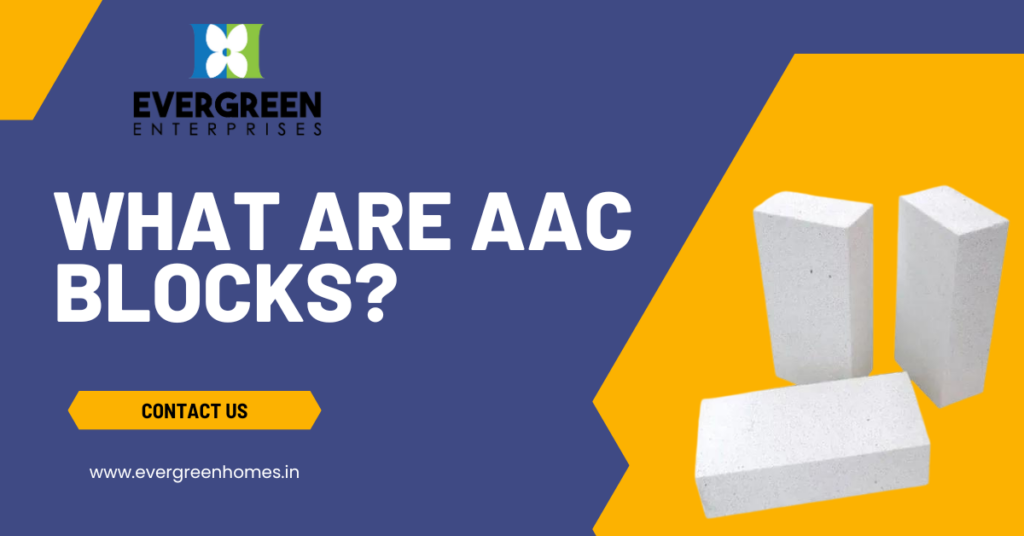What Are AAC Blocks? The Ultimate Guide to Modern Construction Materials

Understanding AAC Blocks
AAC blocks are a lightweight, precast building material that is made from a mixture of fly ash, cement, lime, gypsum, aluminum powder, and water. The combination of these ingredients undergoes a unique manufacturing process where the aluminum powder reacts with the other materials to create tiny air pockets within the blocks. This results in a product that is not only strong but also significantly lighter than traditional concrete blocks. These blocks are typically produced in large sizes, which can vary depending on the manufacturer, but they usually have a density of around 600-800 kg/m³. This lightweight nature contributes to easier handling and installation on construction sites, ultimately saving time and labor costs.
Environmental Benefits of AAC Blocks
One of the standout features of AAC blocks is their environmental friendliness. Traditional building materials often contribute to pollution and deplete natural resources, but AAC blocks are a sustainable alternative. The use of fly ash, a byproduct of coal combustion, in their production helps reduce waste and minimizes the impact on landfills. Additionally, the manufacturing process of AAC blocks does not emit harmful pollutants, making them a green building material.By choosing AAC blocks, builders can contribute to a more sustainable construction industry, aligning with the growing demand for eco-friendly practices. This commitment to environmental responsibility is increasingly important as more consumers seek out green building options.
Strength and Durability
Despite their lightweight nature, AAC blocks boast impressive strength and durability. The autoclaving process enhances their structural integrity, providing excellent load-bearing capabilities. This makes them suitable for a variety of construction applications, from residential buildings to commercial complexes.AAC blocks also exhibit superior thermal insulation properties. They help maintain stable indoor temperatures, reducing the need for extensive heating or cooling systems. This results in lower energy consumption and utility bills, making AAC blocks not only a cost-effective option but also an energy-efficient choice.
Time and Cost Efficiency
In the fast-paced world of construction, time is money. AAC blocks can significantly reduce construction time due to their lightweight nature and larger sizes. Fewer blocks are required for the same wall area compared to traditional bricks, which translates to faster installation. Furthermore, the ease of handling AAC blocks minimizes labor costs and streamlines the construction process.The overall cost savings extend beyond just labor and material expenses. The energy-efficient properties of AAC blocks lead to long-term savings on heating and cooling costs, making them a wise investment for any construction project.
Versatility in Design
Another advantage of AAC blocks is their versatility. They can be easily cut and shaped to meet specific design requirements, allowing architects and builders to experiment with various styles and layouts. Whether you’re constructing load-bearing walls or partition walls, AAC blocks can adapt to the needs of your project.
Conclusion
In summary, AAC blocks represent a significant advancement in modern construction materials at Evergreen Enterprises. Their unique blend of sustainability, strength, and efficiency makes them an ideal choice for builders looking to optimize their projects. As the construction industry continues to seek innovative solutions, AAC blocks stand out as a smart investment for the future.If you’re considering a construction project, think about incorporating AAC blocks into your plans. Not only will you be choosing a material that is friendly to the environment, but you’ll also benefit from the enhanced strength and efficiency that these blocks offer. Embrace the future of construction with AAC blocks and take a step toward a more sustainable, efficient, and cost-effective building solution.